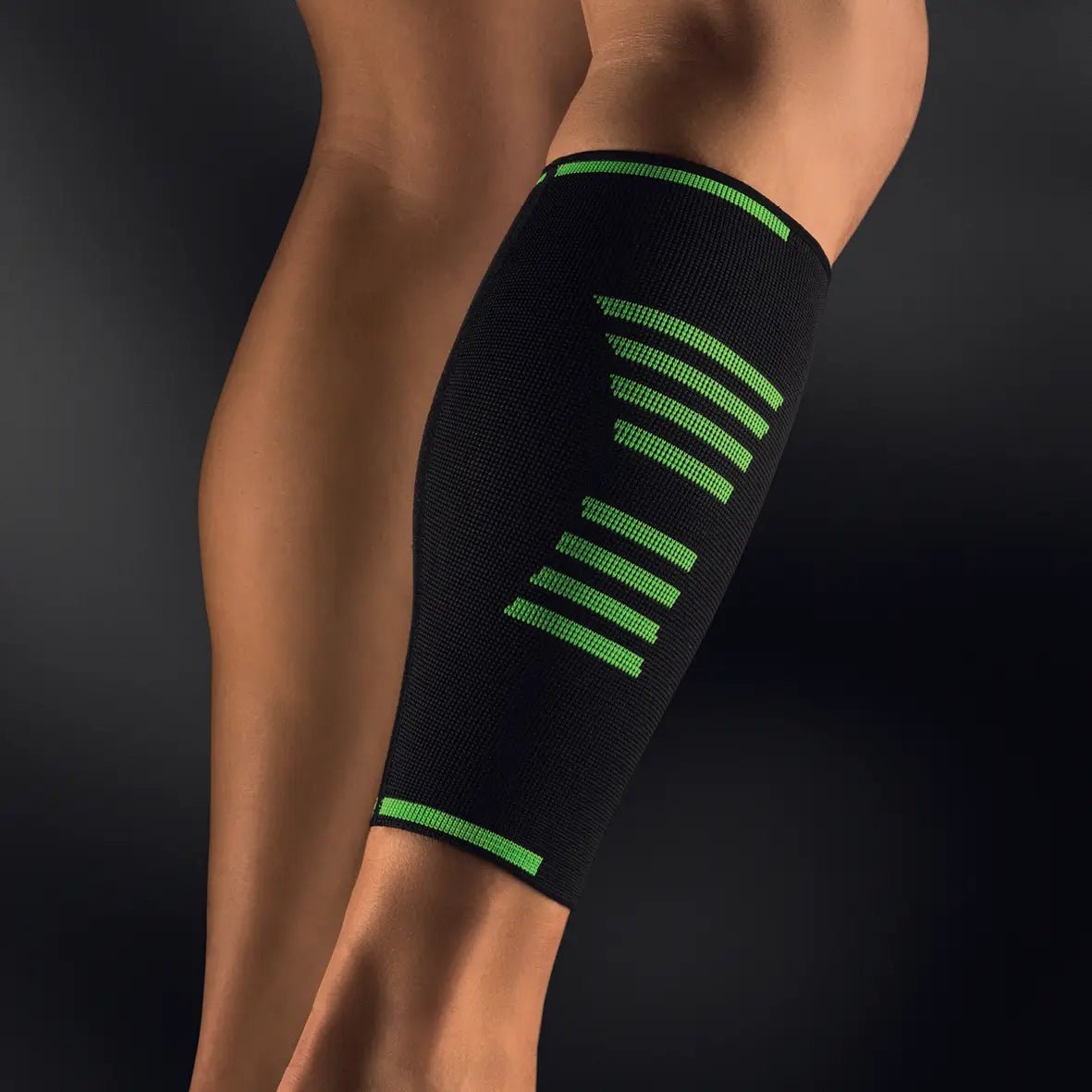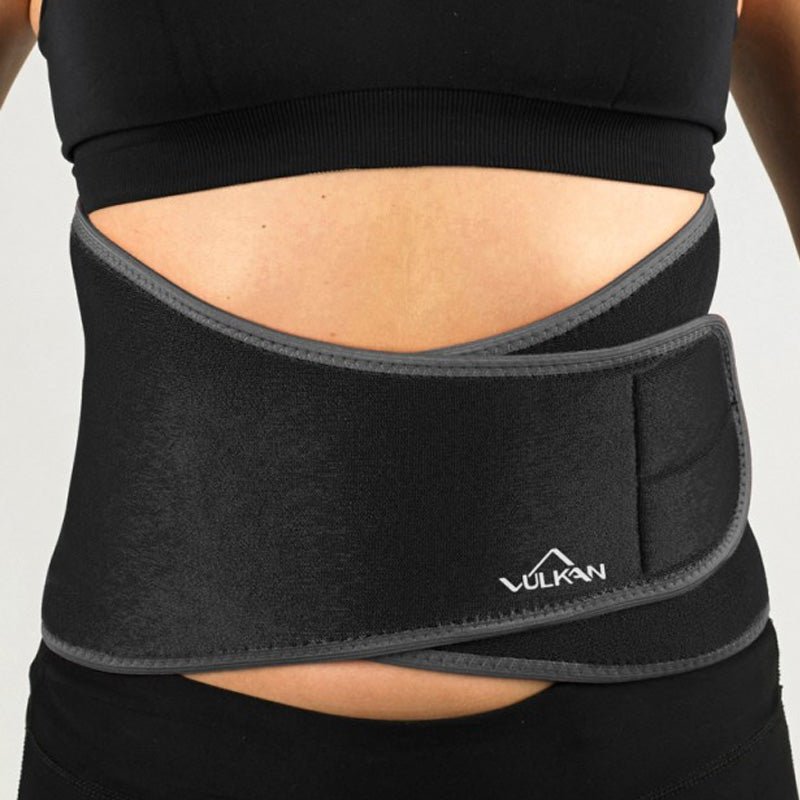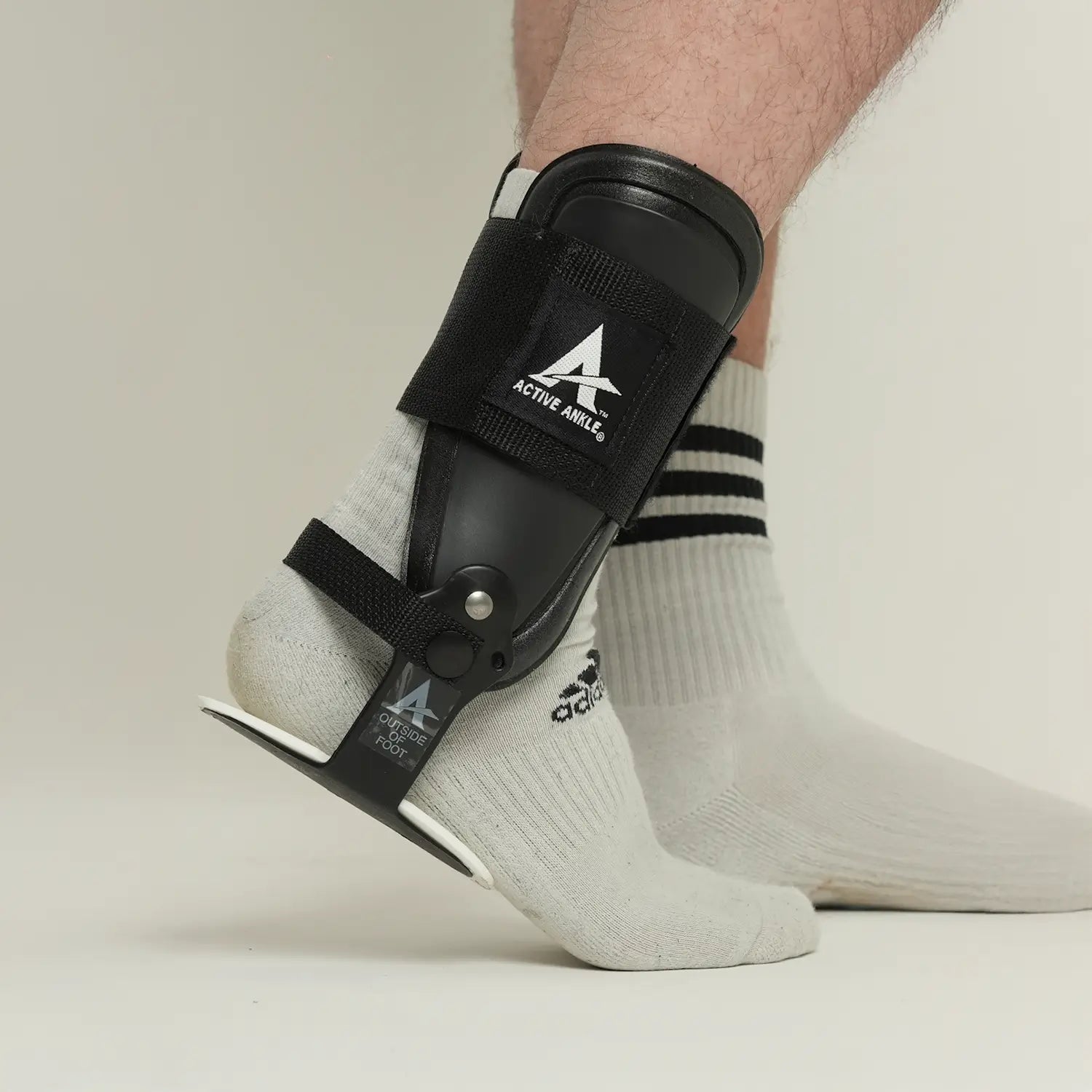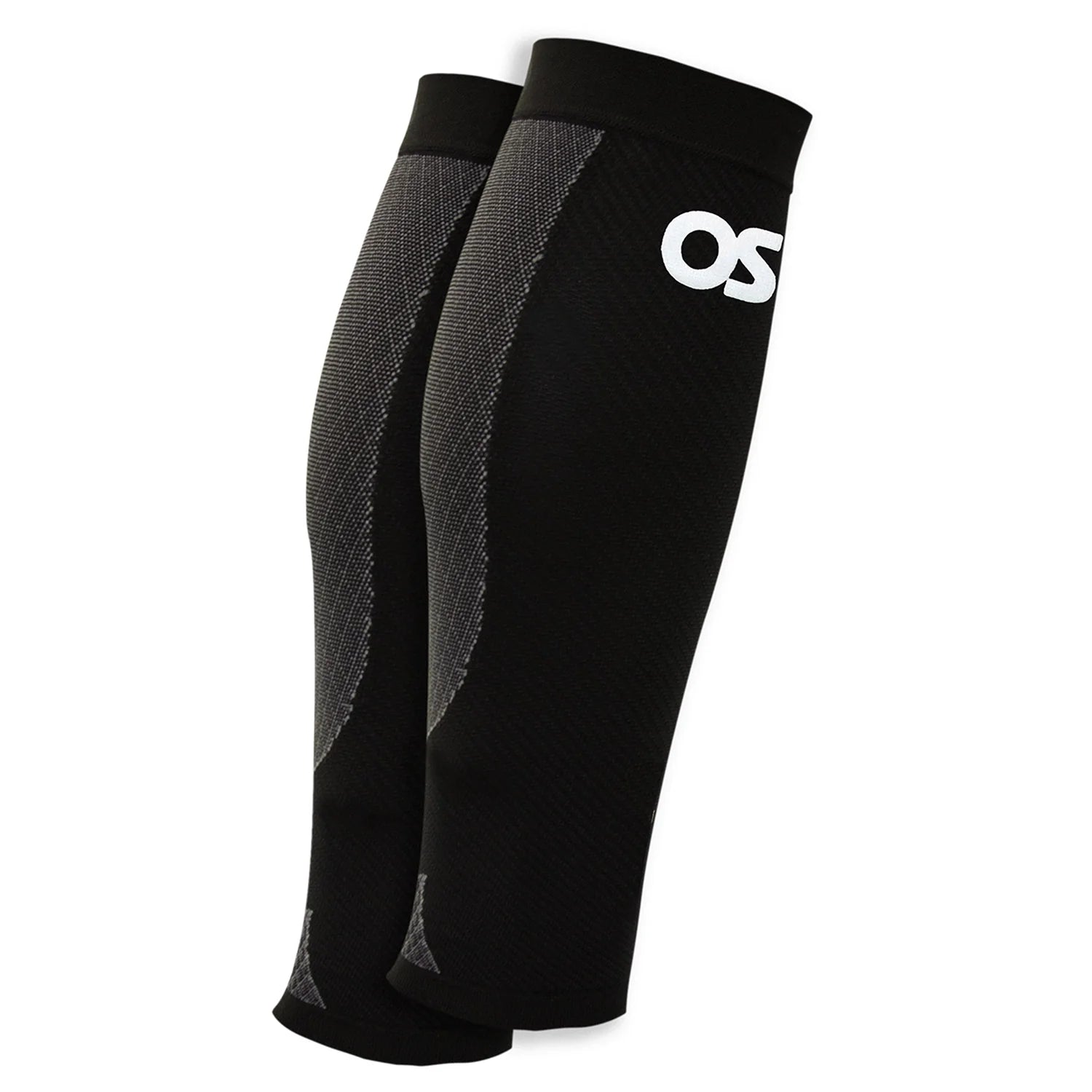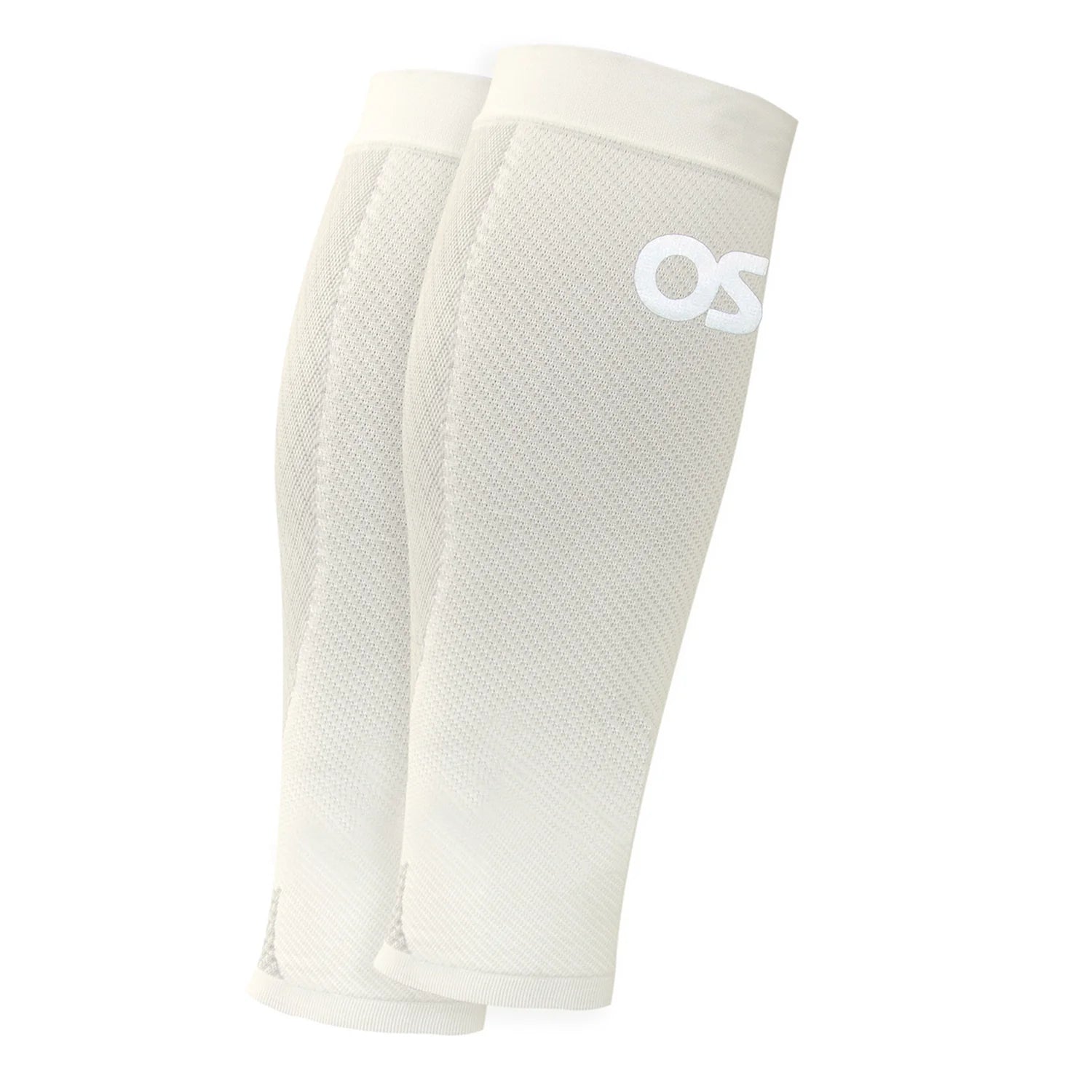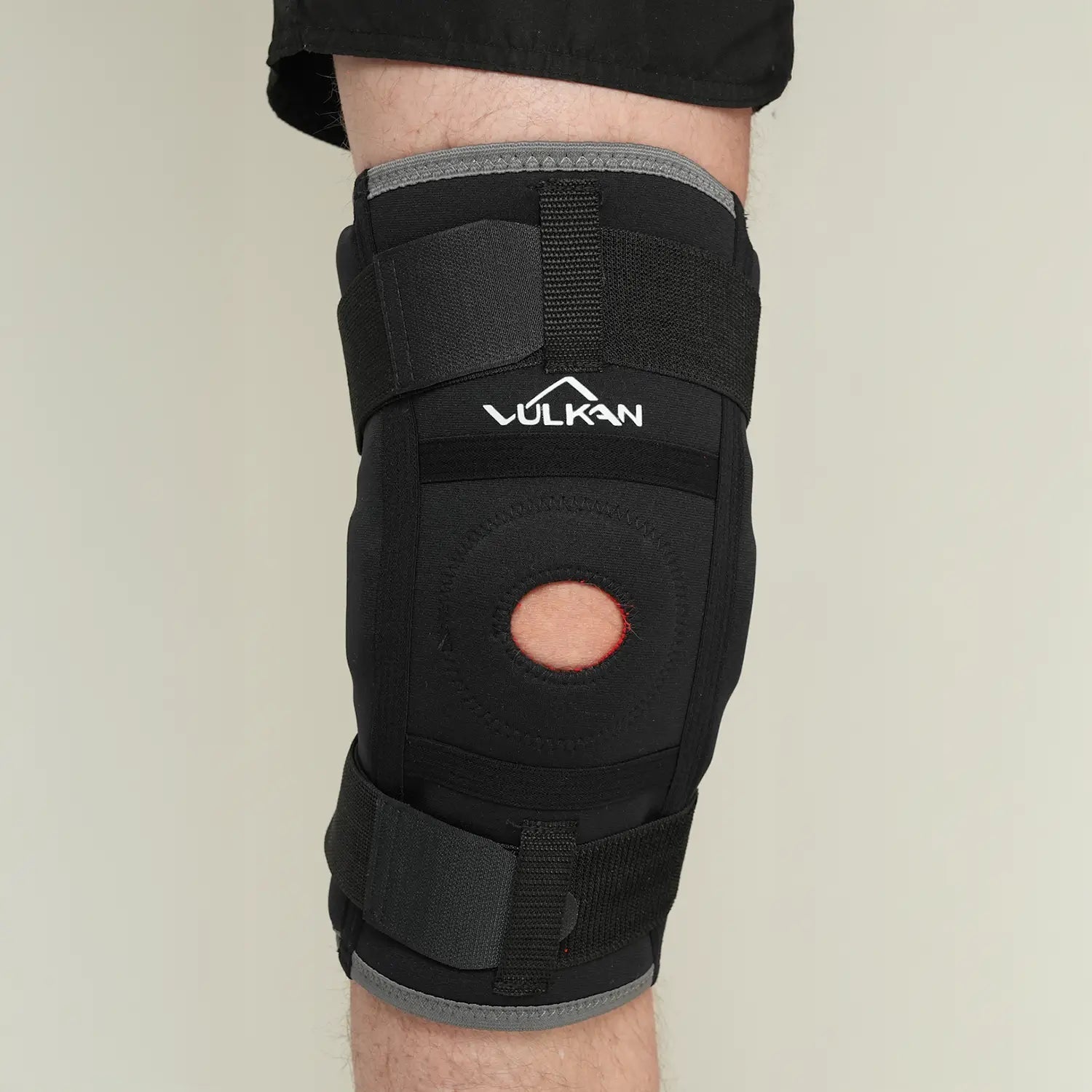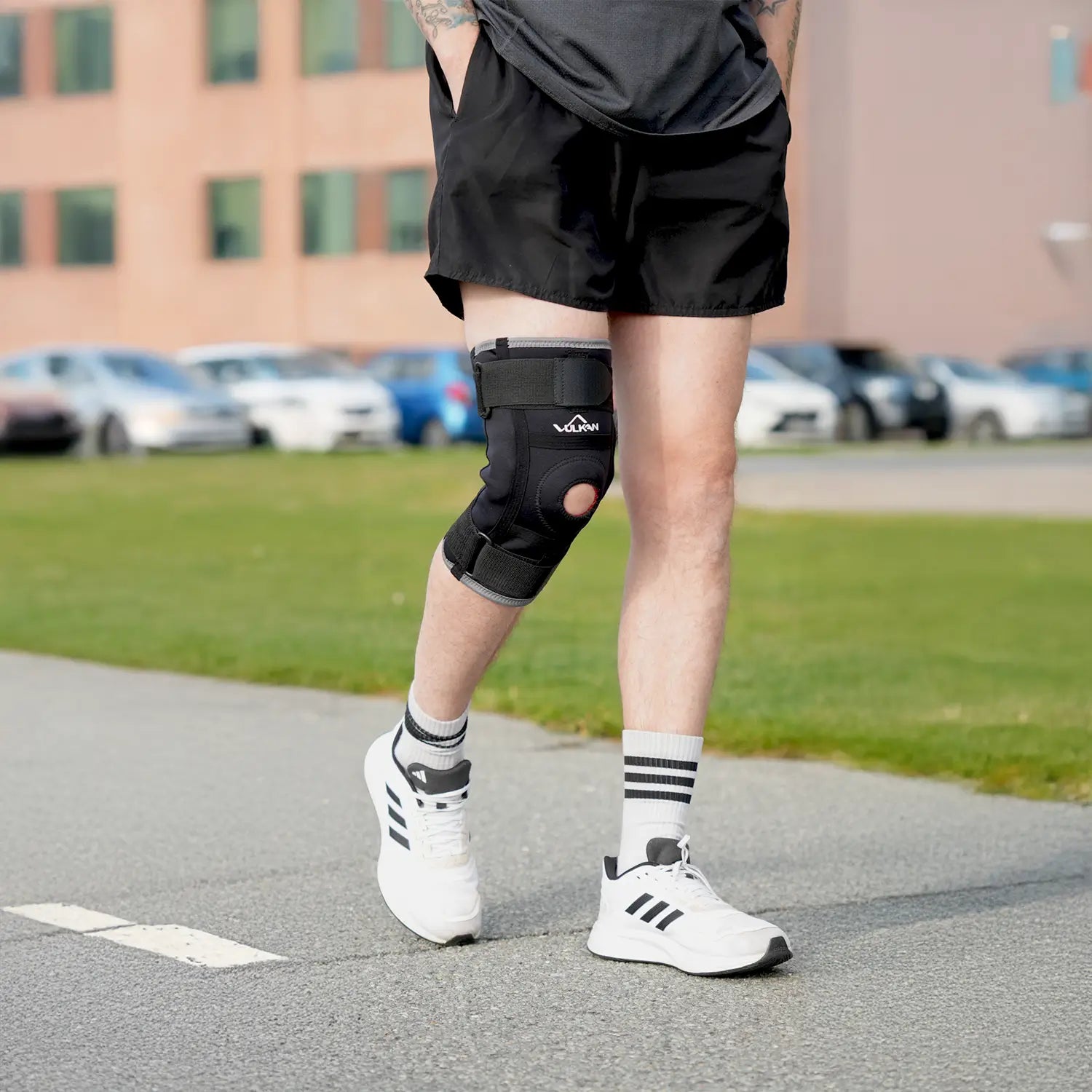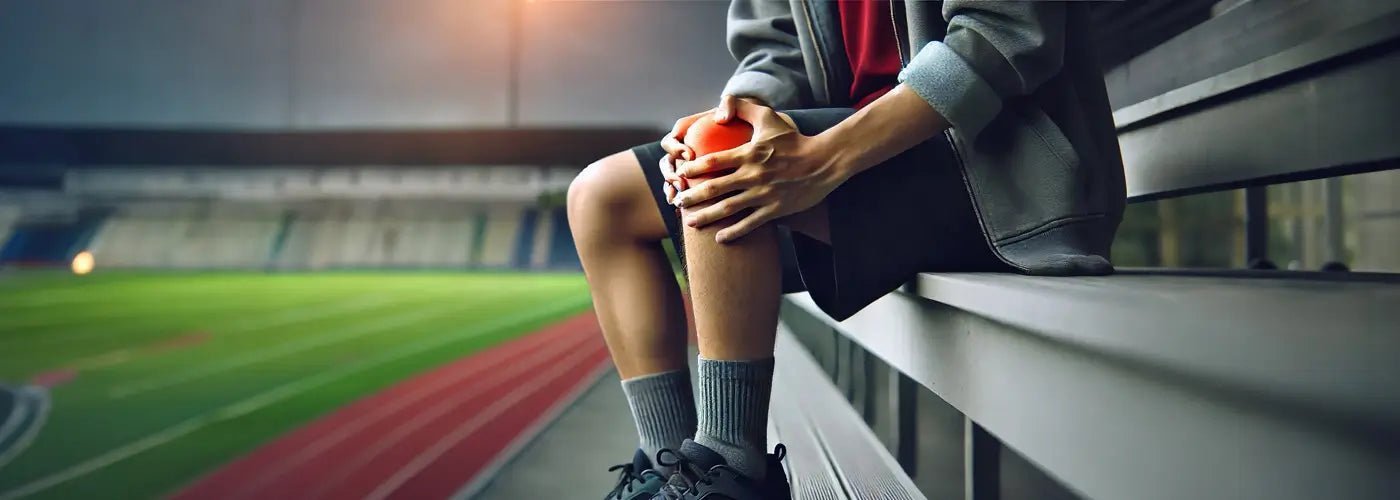
Schlatter
Content description
Schlatter's knee, or Schlatter's knee, often occurs in children and adolescents during growth spurts. The condition causes pain below the kneecap where the tendon from the thigh muscle (patellar tendon) attaches to the shin bone. The pain becomes more pronounced during sports without a long history and can last for a long time, but it often heals with proper self-care and rehabilitation.
What is Schlatter?
During the growth period, the growth plate of the bone is soft and flexible. Repeated jerks, such as during running, jumping and squatting, pull on the tendon attachment and can cause irritation, swelling and pain. Children between the ages of 8 and 15 are often affected, especially during physical activity that puts a lot of strain on the knee.
Symptoms of Schlatter's disease
Schlatter's disease most often presents with symptoms that come on gradually and worsen with activity:
- Sore lump under the kneecap, where the tendon attaches.
- Pain when the child runs, jumps, bends the knee or walks up stairs.
- Swelling and tenderness to the touch.
- Stiffness after rest, for example after first exercise or sitting for a long time.
Cause
The most common cause is that young people play sports with a lot of jumping and running during an active growth spurt, when their skeleton has not yet matured. The tendon attachment is repeatedly pulled and inflamed due to the strain. It is common in young athletes, especially in sports such as football, handball and athletics.
Diagnosis
Usually, an examination by a physiotherapist or doctor is sufficient: knee diagnostics and physical testing are often sufficient. In rare cases, X-rays or ultrasounds may be needed to rule out other conditions.
Treatment of Schlatter's disease
Treatment focuses on self-care and adapted exercise to relieve pain and swelling and allow for movement without worsening the injury:
-
Activity adaptation
The child should avoid activities that cause pain – especially jumping and running – but can continue with other movements that do not put a lot of strain on the knee. -
Ice treatment
Cold packs (10–20 minutes) after activity soothe pain and reduce swelling. -
Stretching and strength training
Focus on stretching the front and back of the thighs (quadriceps and hamstrings) to relieve the tendon attachment, preferably under the guidance of a physiotherapist. -
Pain relief
If necessary, mild painkillers such as ibuprofen or paracetamol can be used in consultation with a healthcare provider. -
Kneepad
A patellar strap or knee support with targeted compression (and possibly silicone pads) can relieve the tendon attachment and enable activity without pain.
Recommended products
When does schlatter disappear?
It usually slows down as growth matures, which happens around age 14 for girls and age 16 for boys.
Does the child have to rest completely from sports?
No. If the knee does not hurt when playing golf, swimming or cycling, these can be continued. Sports involving weight should be avoided until the pain subsides.
Is surgery necessary?
Only if symptoms persist after growth, or in case of cartilage damage. For most people, self-care and exercise are sufficient.
Do knee braces really help?
Yes, especially straps and knee pads with targeted compression help relieve pain and provide support during activity



